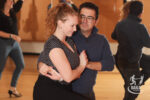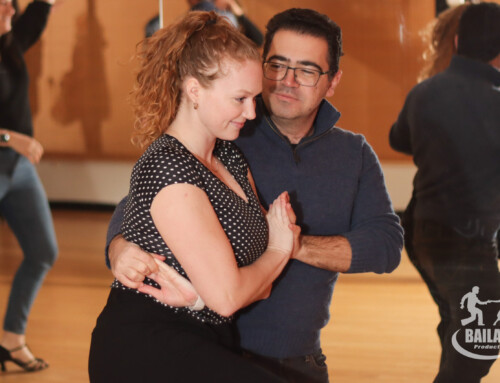Salsa: A Dance of Passion and Culture
Salsa, a rhythmic and passionate dance, is much more than just a series of choreographed movements. It reflects the culture, history, and spirit of the people who shaped it. Originating from the Caribbean, particularly Cuba and Puerto Rico, salsa is now practiced and celebrated worldwide.
Origins and Evolution
The term “salsa,” which means “sauce” in Spanish, evokes the rich and spicy blend of musical influences that nourished it. Salsa draws its roots from various musical styles, including Cuban son, mambo, guaracha, rumba, and even jazz. This blend of African and European rhythms evolved over time, creating a dynamic dance that has captivated millions.
Modern salsa truly took shape in the 1960s and 1970s in New York City, where Latin American immigrants fused their musical traditions with local influences. It was in this cosmopolitan metropolis that salsa became a sensation, with bands like the Fania All-Stars popularizing this style worldwide.
The Dance Itself
Salsa is primarily a partner dance, where the interaction between the dancers is crucial. It is characterized by fast footwork, turns, aerial figures (in some variations), and an intimate connection between the dancers. The leader guides the movements, while the follower gracefully and fluidly follows, creating perfect harmony on the dance floor.
Salsa comes in several styles, each with its unique characteristics:
- Cuban Salsa (Casino): This style is often danced in a circle, with circular movements and a strong influence from Afro-Cuban dances.
- Puerto Rican Salsa (Salsa on the Line): This style is danced in a straight line, with more linear and often more technical movements.
- Colombian Salsa (Cali Style): Characterized by fast footwork and a very energetic style, it is particularly popular in Colombia.
Salsa Today
Today, salsa is much more than just a dance; it is a cultural phenomenon. It is taught in dance schools worldwide, practiced at festivals, and celebrated in dedicated social events. International salsa competitions attract dancers of all levels, showcasing both technique and artistic expression.
Salsa continues to evolve, incorporating new influences and adapting to modern tastes. Fusions with other musical genres, such as salsa romantica or salsa with reggaeton elements, show the dance’s ability to renew itself without losing its essence.
Why Dance Salsa?
Dancing salsa offers numerous physical and mental benefits. Physically, it improves coordination, flexibility, and endurance. It is also an excellent way to socialize and meet new people. But most importantly, salsa is an expression of the joy of life. It allows you to connect with the music, release your energy, and share an intense moment with your partner.
In conclusion, salsa is much more than just a dance; it is a celebration of life, culture, and passion. Whether you’re a beginner or an experienced dancer, there is always something new to discover in the rich and vibrant world of salsa. So, put on your dancing shoes and let yourself be carried away by the intoxicating rhythm of salsa!











Leave A Comment